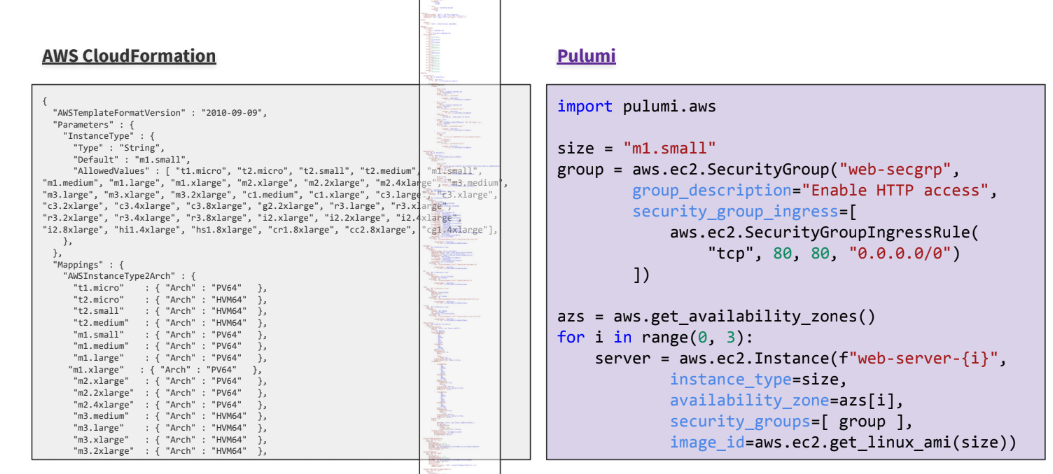INSUBCONTINENT EXCLUSIVE:
Seattle-based Pulumi has quickly made a name for itself as a modern platform that lets developers specify their infrastructure through
writing code in their preferred programming language — and not YAML
With the launch of Pulumi 2.0, those languages now include JavaScript, TypeScript, Go and .NET, in addition to its original support for
It also now extending its reach beyond its core infrastructure features to include deeper support for policy enforcement, testing and
more.
As the company also today announced, it now has over 10,000 users and more than 100 paying customers
With that, it seeing a 10x increase in its year-over-year annual run rate, though without knowing the exact numbers, it obviously hard to
know what exactly to make of that number
Current customers include the likes of Cockroach Labs, Mercedes-Benz and Tableau .
When the company first launched, its messaging was very
much around containers and serverless
But as Pulumi founder and CEO Joe Duffy told me, today the company is often directly engaging with infrastructure teams that are building
the platforms for the engineers in their respective companies.
As for Pulumi 2.0, Duffy says that ''this is really taking the original
Pulumi vision of infrastructure as code — using your favorite language — and augmenting it with what we&re calling superpowers.& That
includes expanding the product overall capabilities from infrastructure provisioning to the adjacent problem spaces
That includes continuous delivery, but also policy-as-code
This extends the original Pulumi vision beyond just infrastructure but now also lets developers encapsulate their various infrastructure
policies as code, as well.
Another area is testing
Because Pulumi allows developers to use &real& programming languages, they can also use the same testing techniques they are used to from
the application development world to test the code they use to build their underlying infrastructure and catch mistakes before they go into
And with all of that, developers can also use all of the usual tools they use to write code for defining the infrastructure that this code
will then run on.
The underlying philosophy is taking our heritage of using the best of what we know and love about programming languages
— and really applying that to the entire spectrum of challenges people face when it comes to cloud infrastructure, from development to
infrastructure teams to security engineers, really helping the entire organization be more productive working together,& said Duffy
&I think that the key: moving from infrastructure provisioning to something that works for the whole organization.
Duffy also highlighted
that many of the company larger enterprise users are relying on Pulumi to encode their own internal architectures as code and then roll them
out across the company.
We still embrace what makes each of the clouds special
AWS, Azure, Google Cloud and Kubernetes,& Duffy said
&We&re not trying to be a PaaS that abstracts over all
We&re just helping to be the consistent workflow across the entire team to help people adopt the modern approaches.

